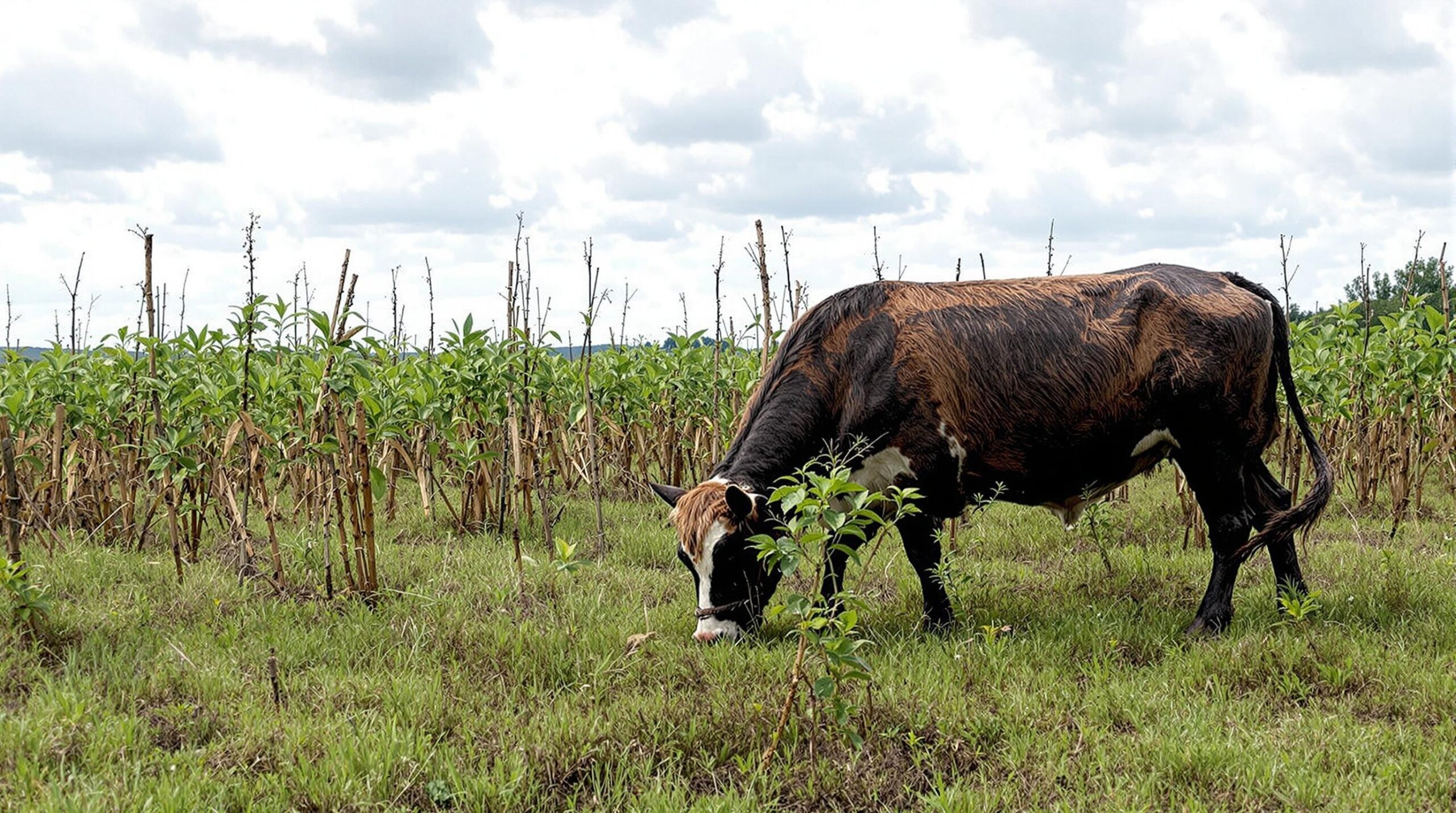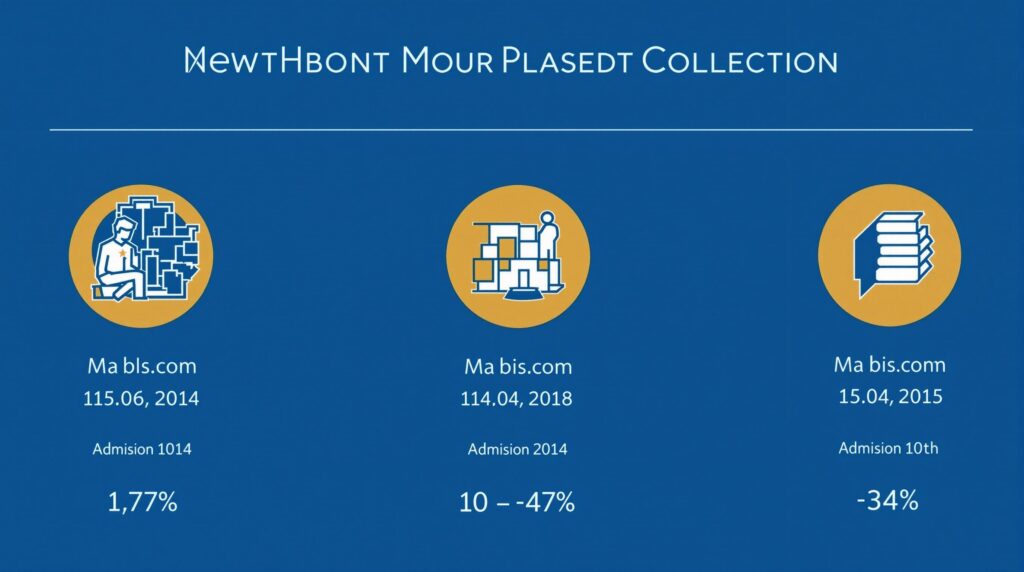Landowners across America looking to improve their land management practices can benefit from various grants specifically designed for individual property owners. These funding opportunities not only support sustainable land practices but also provide educational resources to help landowners develop their careers in land management and conservation fields.
Key Takeaways
- Conservation grants from USDA and NRCS offer substantial financial support for implementing sustainable land practices
- State and local programs provide targeted funding opportunities that are often easier to qualify for than federal grants
- Private foundations like the National Fish and Wildlife Foundation offer specialized grants for specific conservation projects
- Educational pathways in land management can open doors to career advancement and additional funding sources
- Online resources and government agencies provide free assistance with the grant application process
Understanding Grants Available for Individual Landowners
When considering where can I find grants for individual landowners, it’s helpful to categorize the available options. Grants for landowners typically fall into several key categories: conservation and environmental improvement, agricultural enhancement, forest management, wetland protection, and educational opportunities related to land management.
Federal programs provide the largest funding sources, with the USDA and Natural Resources Conservation Service (NRCS) leading the way. These agencies offer programs like the Environmental Quality Incentives Program (EQIP), which provides financial assistance to implement conservation practices, and the Conservation Stewardship Program (CSP), which rewards ongoing conservation efforts.
State and local grants are often more accessible to individual landowners with smaller properties. These programs typically have less competition and may offer more specialized funding for region-specific needs. Many state departments of natural resources, agriculture, and environmental protection administer these grants.

Federal Grant Programs for Landowners
The USDA Natural Resources Conservation Service manages several major grant programs that individual landowners can apply for. These programs fund various land improvement activities while promoting sustainable practices.
The Environmental Quality Incentives Program (EQIP) offers financial and technical assistance to agricultural producers to address natural resource concerns. Funding can cover projects like improving irrigation efficiency, reducing soil erosion, and enhancing wildlife habitats. The available grants in Washington state include special EQIP initiatives for forest landowners.
The Conservation Stewardship Program (CSP) rewards landowners who already maintain good conservation practices and encourages them to adopt additional conservation activities. This program offers annual payments over a five-year contract period based on conservation performance.
The Agricultural Conservation Easement Program (ACEP) provides financial assistance to help conserve agricultural lands and wetlands. For wetland reserve easements, ACEP can pay up to 100% of the easement value and up to 100% of restoration costs for permanent easements.
State and Local Grant Opportunities
State natural resource departments offer grants that are often less competitive than federal programs. These grants typically focus on region-specific conservation priorities, making them excellent options for landowners with smaller properties.
Many states provide cost-share programs that cover a percentage of the cost for implementing conservation practices. For example, some states offer programs that pay up to 75% of the cost for establishing buffer zones along streams or implementing erosion control measures.
Local soil and water conservation districts can help landowners access both state and federal funding. These districts often provide free technical assistance to help design conservation projects and complete grant applications.
Here are examples of state-level opportunities:
- State forestry cost-share programs for forest management practices
- Wildlife habitat improvement grants for creating or enhancing wildlife corridors
- Water quality improvement grants for reducing runoff from agricultural lands
- Invasive species management funding for controlling harmful non-native plants
Private Foundation Grants and Nonprofit Funding
Private foundations offer an alternative to government grants, often with more flexible requirements and application processes. The National Fish and Wildlife Foundation provides matching grants for projects that conserve and restore wildlife habitat.
The Nature Conservancy partners with landowners to provide funding for conservation projects, particularly those protecting rare or endangered species. Similarly, Ducks Unlimited offers grants to landowners interested in wetland restoration and waterfowl habitat improvement.
Local and regional land trusts may offer funding to landowners willing to establish conservation easements. These organizations sometimes provide restoration grants for improving habitat on protected properties.
Corporate foundations like the Patagonia Environmental Grants program fund environmental work by small, grassroots organizations, which can include individual landowners with conservation-focused projects.
Educational Grants and Career Development in Land Management
For landowners interested in expanding their knowledge and career options in land management, educational grants provide valuable opportunities. The USDA’s Beginning Farmer and Rancher Development Program offers education, training, and mentorship for those new to land management.
Many universities offer scholarships and grants specifically for students pursuing degrees in agriculture, forestry, conservation, or environmental science. These programs can lead to career development funding and advanced positions in land management.
Professional certification programs in fields like sustainable forestry, organic farming, and conservation planning can open doors to new funding sources and career advancement. Many of these programs offer scholarships or reduced tuition for landowners.
Organizations like the Society for Range Management and the Society of American Foresters provide continuing education grants for professionals in land management fields. These grants can cover the cost of attending conferences, workshops, and training programs.
Specialized Grants for Specific Land Management Practices
Beyond general conservation funding, specialized grants exist for specific land uses and management techniques. For forest landowners, the Forest Stewardship Program provides technical and financial assistance for developing and implementing forest management plans.
Wetland restoration grants are available through the North American Wetlands Conservation Act, which funds projects to protect, restore, and enhance wetland habitats. These grants can cover up to 50% of project costs for private landowners.
Organic transition grants help landowners convert conventional farming operations to certified organic practices. The Organic Certification Cost Share Program reimburses up to 75% of certification costs, up to a maximum of $750 per certification scope.
For landowners with historic structures on their property, the Historic Preservation Fund provides grants for homeowners to preserve and maintain historic buildings and sites. These grants can cover structural repairs, including roof replacement.
The Grant Application Process: Tips for Success
Understanding the grant application process is crucial for securing funding. Start by clearly identifying your project goals and the specific conservation or land management problems you’re addressing. Aligning your objectives with the funding agency’s priorities dramatically increases your chances of success.
Develop a detailed project budget that accounts for all costs, including materials, labor, equipment, and potential cost overruns. Many grant programs require matching contributions, either in cash or in-kind services, so plan for how you’ll meet these requirements.
When writing your application, use clear, concise language that directly addresses the grant’s evaluation criteria. Include measurable outcomes and a realistic timeline for implementing your project. Supporting materials like maps, photographs, and letters of support can strengthen your application.
Consider these steps when applying for landowner grants:
- Contact the funding agency before applying to discuss your project
- Attend any available grant workshops or webinars
- Review successful applications if samples are available
- Follow application instructions exactly, including formatting requirements
- Submit your application well before the deadline
Resources for Finding and Applying for Landowner Grants
Several resources can help landowners identify and apply for suitable grants. The USDA’s Natural Resources Conservation Service (NRCS) website provides comprehensive information about federal conservation programs and funding opportunities.
Grants.gov serves as a centralized location for finding and applying for federal grants, including those for land management and conservation. The site allows users to search for grants by category and set up alerts for new funding opportunities.
State departments of natural resources, agriculture, and environmental protection maintain websites with information about state-specific grant programs. These sites often include application materials, deadlines, and contact information for program staff.
Local extension offices provide free technical assistance to landowners interested in applying for grants. Extension agents can help identify appropriate funding sources and provide guidance throughout the application process.
Online grant directories like the Foundation Center’s Foundation Directory Online and GrantWatch list private foundation grants, many of which are available to individual landowners for conservation and land management projects.
Future Trends in Landowner Grants and Funding
The landscape of landowner grants is evolving, with increasing emphasis on climate resilience and carbon sequestration. Funding programs that pay landowners for carbon credits generated through improved land management practices are expanding rapidly.
Technology is playing a growing role in grant management, with many programs now offering online application systems and digital tools for project monitoring and reporting. Remote sensing and GIS technologies are being used to verify compliance with grant requirements and measure project outcomes.
Public-private partnerships are creating new funding models that combine government grants with private investment. These models can provide more flexible funding options and potentially larger amounts of capital for land improvement projects.
As biodiversity loss continues to be a global concern, grants focusing on habitat restoration and species protection are likely to increase in availability. Landowners who can demonstrate the biodiversity benefits of their projects may have access to more funding opportunities in the coming years.
Conclusion
For individual landowners wondering “where can I find grants for individual landowners,” the answer includes a diverse array of federal, state, private, and educational funding sources. By understanding the different types of grants available and following a strategic approach to the application process, landowners can secure valuable funding to improve their land while advancing their knowledge and careers in land management.
The key to success lies in aligning your land management goals with appropriate funding sources, preparing thorough applications, and leveraging available resources for assistance. As grant programs continue to evolve with changing environmental priorities, staying informed about new opportunities will be essential for landowners seeking financial support for their conservation and land improvement efforts.



